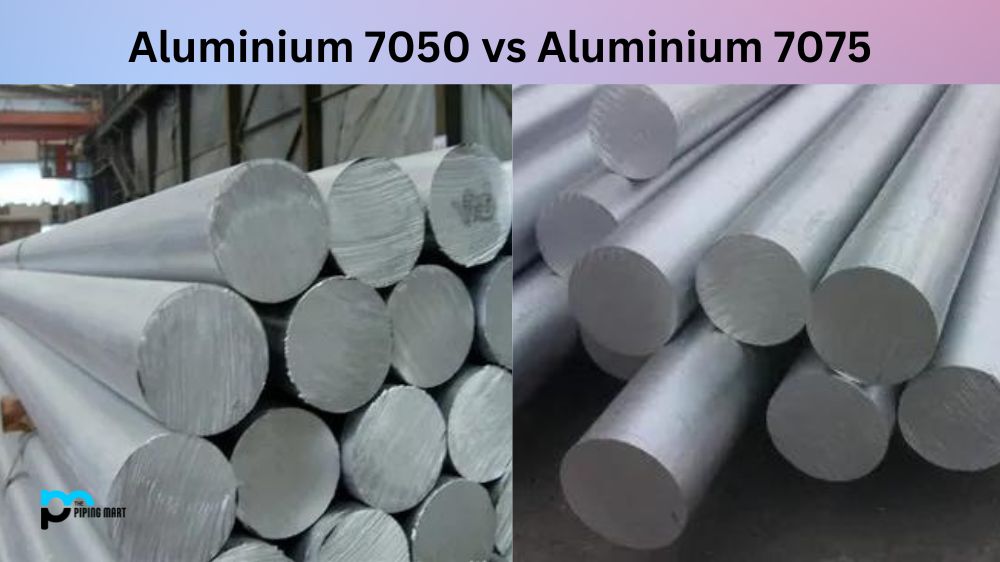Brass is an alloy made from copper and zinc. It has been used in various forms for centuries thanks to its durability, corrosion resistance, and malleability. In this blog post, we’ll take a closer look at the various brass alloy compositions that are commonly used today.
Brass alloys can be classified into three main categories: red brasses, yellow brasses, and manganese brasses. Each type of brass has different properties that make it suitable for certain applications.
Red Brass
Red Brasses are the most common type of brass alloy and contain up to 40% zinc and around 0.5-2% tin in addition to copper and other trace elements. This type of brass is highly malleable, making it ideal for stamping applications. It also offers good formability, strength, and corrosion resistance—all important factors when choosing a material for an application. Red brasses are frequently used in plumbing fixtures, musical instruments, locksets, and electrical connectors.
- Red brass is an alloy of copper and zinc.
- It is used in a variety of applications, including plumbing, musical instruments, and ammunition.
- Red brass has a higher tensile strength than other types of brass, making it ideal for applications where strength is important.
- The addition of zinc to red brass also makes it more resistant to corrosion than other types of brass.
- Red brass is typically more expensive than other types of brass due to the higher cost of zinc.
Yellow Brass
Yellow Brasses contain higher levels of zinc than red brasses (up to 45%), along with tin (0-3%), as well as other trace elements such as lead or antimony. These alloys have good strength, ductility, and machinability—making them ideal for complex parts such as marine hardware or architectural products like window frames or door knobs. Yellow brasses are also popular choices for valve bodies due to their high corrosion resistance.
- Jewelry
- Musical Instruments
- Decorative Objects
- Doorknobs and Hinges
- Coins
Manganese Brass
Manganese Brasses contain the highest percentage of zinc (up to 50%), along with small amounts of manganese (1-4%). This type of brass is strong yet still ductile enough to be formed into parts without compromising its structural integrity or machinability. Manganese brasses have excellent wear resistance, which makes them ideal for gears or heavy-duty bearings that need to stand up against abrasion over time. They are commonly used in automotive engineering applications such as engine blocks because they exhibit good wear resistance even under extreme conditions like high temperatures or heavy loads.
- Manganese brass is an alloy of copper and zinc that contains between 1 and 2 percent manganese.
- The addition of manganese to brass increases the strength and hardness of the alloy, making it ideal for applications where high strength and wear resistance are required.
- Manganese brass is used in a variety of applications, including plumbing fixtures, valves, gears, bearings, and electrical connectors.
- The high manganese content of the alloy makes it susceptible to corrosion in some environments, so it is not suitable for use in all applications.
- Manganese brass can be machined and welded using standard methods, but care must be taken to avoid damaging the alloy
Conclusion
Brass is an incredibly versatile material that can be used in a wide variety of applications due to its durability, malleability, strength, and corrosion resistance properties. There are several types of brass alloy compositions available on the market today, each offering unique characteristics suited for specific tasks depending on the desired outcome. Whether you’re looking for a material with superior machinability or one with excellent wear resistance – there’s sure to be a brass alloy out there that meets your needs! For engineers and materials scientists who work with brass alloys regularly – understanding these different compositions can help inform their decisions when selecting the best option for their project requirements.

Meet Bhavesh, a seasoned blogger with a wealth of knowledge and experience. From metal products manufacturing to retail, Bhavesh has a diverse background in various industries and is dedicated to sharing his insights and expertise with readers.




